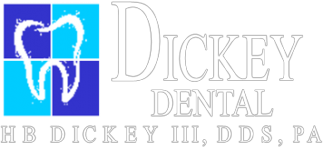Even a minor imperfection in your gums can lead to teeth that look strange. Thankfully, your cosmetic dentist has options for addressing aesthetic issues with your gums. Abnormal gums can decrease the beauty of your teeth in several ways. Having too much gum tissue can make your smile seem ‘gummy’ or horse-like. Small gums can make it appear as if you have abnormally large teeth. Gingival contouring is one approach that your dentist can use to treat issues with your gums.
How Gingival Contouring Can Help Your Gums
Gingival contouring is a procedure involving the removal or reshaping of your gum tissue. Your dentist can use these procedures to address several aesthetic gum issues. Receding gums, for instance, can be addressed in one of the following ways:
- Mild gum disease can lead to your gums receding. Scaling and root planing can help eliminate it
- This eliminates the underlying causes of your receding gums, allowing them to heal
- If advanced gum disease is present, a gingival tissue transplant may be done
But what happens if you have an excessive amount of gum tissue? Those with gummy smiles often are hesitant to smile due to the distinctive appearance of their smile. The underlying cause of the gummy smile may be teeth that fail to erupt sufficiently. The patient may have naturally excessive gum tissue due to genetic traits. Either way, the solution is to remove the excess gum tissue. Uneven gums are another problem that gingival contouring can address.
There are two primary forms of gingival contouring performed in modern dental clinics. The first type of procedure involves the use of a scalpel. After administering a local anesthetic, the dentist will use the scalpel to cut away excess tissue. Once finished, they will suture the gums closed and provide the patient with medication to handle the resulting discomfort. This approach is falling out of favor thanks to the introduction of laser technology.
Laser contouring uses a dental laser to accomplish the same goal. However, unlike surgical contouring, there is no need for sutures. The tissue is cut away and cauterized in one pass. This helps prevent complications and infections and speeds up the healing process. This approach also has the benefit of being significantly more precise, ensuring that only the minimum necessary tissue is removed.
Before starting the procedure begins, it’s common for dentists to mark the gums with a special pen to guide their work. Once the tissue has been extracted, it may be determined that a small amount of bone tissue also will need to be removed to get the best results.
Recovering From Gingival Contouring
Your recovery process is going to depend on which approach your dentist takes. If traditional contouring is used, you’ll need to take care to avoid certain foods. Hard food or food with sharp edges can damage the treatment site. If laser dentistry has been used, then your recovery will be much quicker. You’ll experience less discomfort, and the tissue will heal more rapidly. Even further, it’s less likely that you’ll experience complications such as infection.


